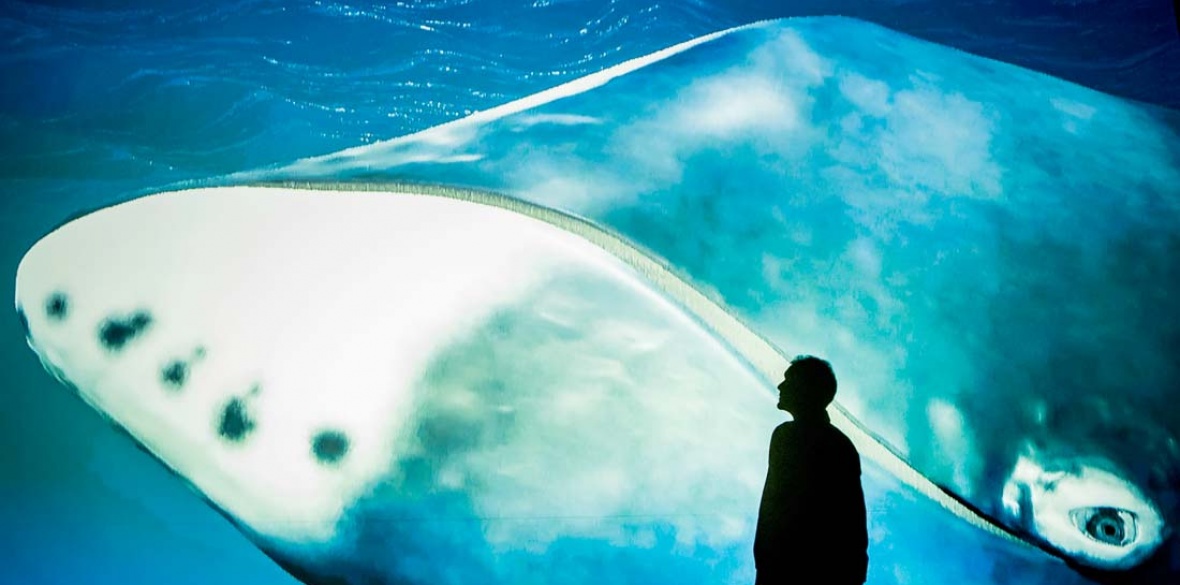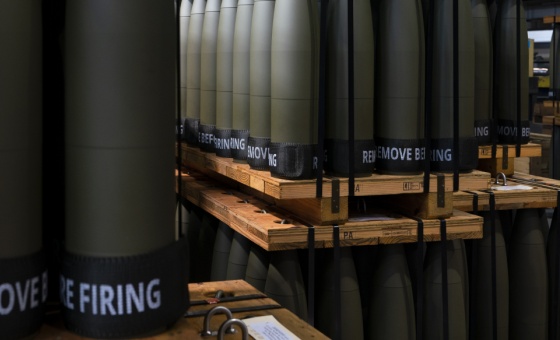This is the last article you can read this month
You can read more article this month
You can read more articles this month
Sorry your limit is up for this month
Reset on:
Please help support the Morning Star by subscribing here
IT SEEMS incredible, and very sad, that every year we have to return to the subject of the bloody slaughter of whales and other sea mammals.
Japan, Iceland, and Norway still think it is OK to ignore worldwide public opinion and even the increasing anti-whaling views of their own populations.
One bit of recent news cheered me up a little. Holiday giant Thomas Cook has announced it will stop selling trips to aquariums and animal parks that keep killer whales, orcas, in captivity.
The tourism giant said it had made the decision because more than 90 per cent of its customers were concerned about animal welfare hence they will no longer sell tickets to SeaWorld in Florida and Loro Parque in Tenerife.
“When so many of our customers are so clear in their view, I could not allow our business to ignore them,” Peter Fankhauser CEO of Thomas Cook said.
Less good news has just arrived with the return of the Icelandic whaling fleet after killing a very rare, threatened and supposedly legally protected blue whales.
The Icelanders rushed to find DNA evidence that it was only a blue whale hybrid.
After viewing the photographic evidence of the dead whale being winched aboard the ship most experts agreed the corpse had all the features of the largest animal that has ever existed on Earth. Mottled blue skin, black baleen, tiny hooked dorsal fin — a blue whale.
The Icelandic fleet had resumed its whale hunt in June, after a three-year break caused by the Tokyo government being unhappy with the standard of the meat Iceland was seeking to sell to Japan.
Others suggested that the real reason was that the demand for whale meat in Japan was falling dramatically.
This year Iceland set itself a target of 191 fin whales and early reports suggest it has met this target. Most meat will be heading for the sushi bars of Japan, the Icelanders hope, but the international freight shipping market and many ports refuse to have anything to do with this bloody trade.
A recent poll by Iceland itself shows that even in Iceland support for whaling continues to drop. Only 34 per cent of Icelanders now support continued commercial whaling while another 34 per cent of Icelanders say they are opposed to whaling — 31 per cent say they are neutral.
As recently as five years ago a solid majority of Icelanders supported whaling. A 2013 poll found that 60 per cent of Icelanders supported it, while only 18 per cent opposed it.
Another whaling nation, Norway, hasn’t just continued whaling but has angered environmentalists by provocatively announcing a 28 per cent increase of its annual whaling quota to 1,278 whales.
This despite the fact that in recent years Norway’s whalers have failed to catch the quotas set by Oslo and the number of whaling ships has plummeted.
The Norwegian government hopes that, by raising the quota, more whalers will join the fleet — there were just 11 Norwegian whaling ships in 2017 and that was just half of the previous year’s number.
Norway, says it only hunts the minke whale, which it kills using explosive harpoons.
In both Norway and Iceland few people actually eat whale any longer. In Iceland most is consumed by tourists curious to sample the exotic, if contentious, novelty.
Most of the Icelandic whale meat is sold to Japan but over the last few years the Icelandic whalers have had great difficulty finding ships or transit ports prepared to handle the bloody cargo.
Which brings us to Japan itself. When three Japanese whaling vessels returned to port from a controversial trip to Antarctica earlier this year they had caught 333 minke whales. Tokyo claims the slaughter is for scientific purposes.
Japan is a signatory to the International Whaling Commission moratorium on whale hunting but makes use of a loophole that allows the mammals to be killed for scientific research.
Commercial hunting of whales was banned in 1986, but Japan would like to see it permitted once more. Tokyo makes no secret of the fact that slaughtered whales often end up being eaten.
After tiny samples go to the laboratory, the rest ends up on Japan’s dining tables or feeding Japan’s many lap dogs.
Tokyo’s insistence on continuing with whale hunts draws regular protests worldwide and Japanese ships have clashed at sea in the past with animal rights campaigners. This season there appear to have been no such protests at sea.
The most recent hunt killed 120 pregnant female whales among the 333 total. The International Whaling Commission said that apart from the pregnant whales another 114 were immature.
The Japanese proudly displayed pictures of the slaughtered pregnant whales, each slit open to reveal a fully developed foetus.
In 2014, the International Court of Justice ruled that the annual whale slaughter programme was for commercial purposes, which is illegal.
The Japanese government scrapped the illegal whaling programme and began a new one in 2015 described as having a scientific purpose, but again it is clearly just a cover to continue whaling for profit.
E
ven in Japan, eating whale becomes less and less popular. Much of the whale harvest ends up in expensive treats for pet dogs. Still Japan’s legendary pride won’t let it fall in to line with the rest of the world and ban the slaughter of whales forever.
Only a continued political campaign against Iceland, Norway and, most of all, Japan will end this murder forever. Are you playing your part in saving the whale?











